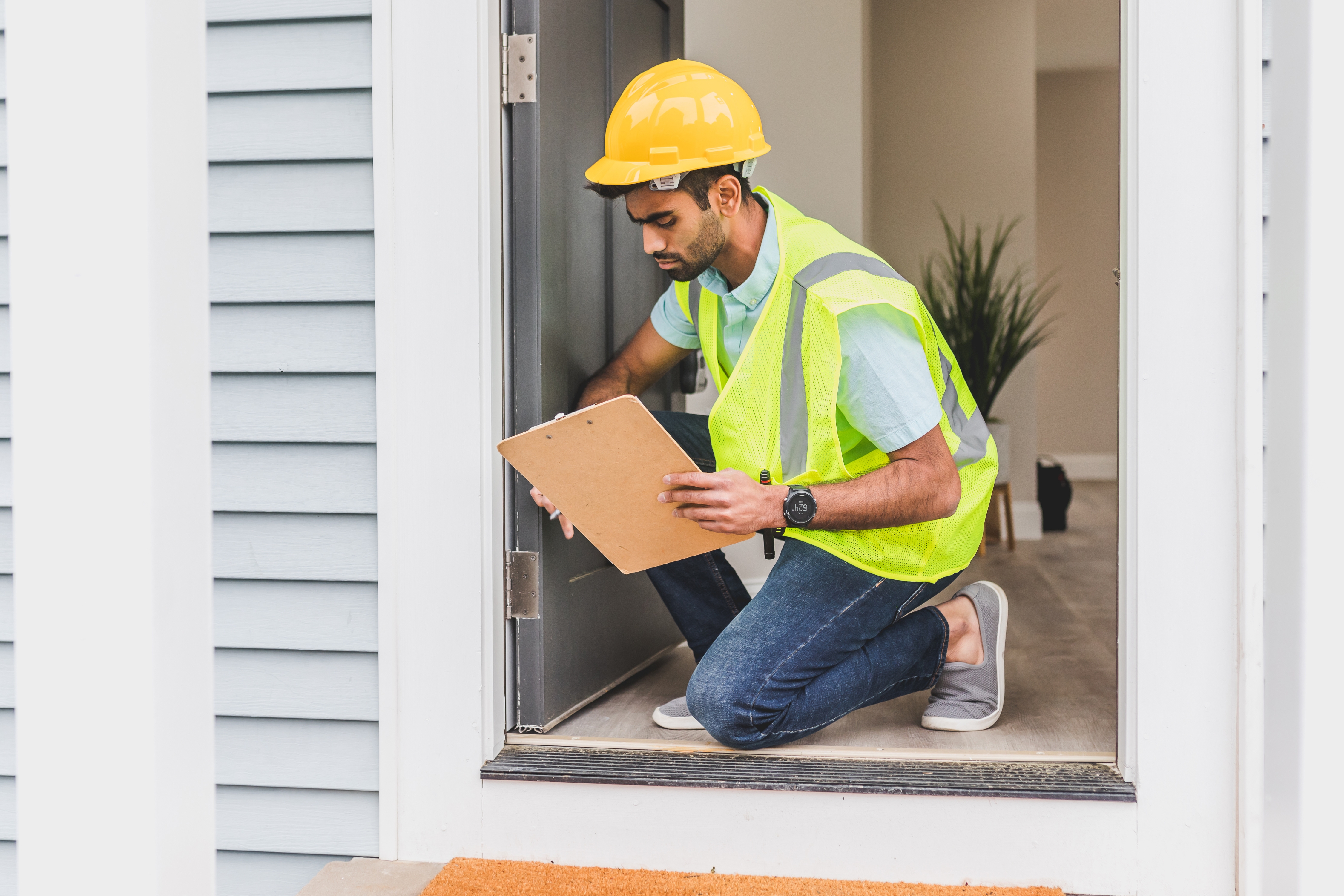
After last week’s impromptu post about dryers, I thought this week would be a great time to talk about how appliances work into the standard Home Inspection! Let’s start with a list, shall we? The appliances generally focused on in a Home Inspection are:
- Water Heater
- Oven
- Vent hood
- Vent fans
- Microwave (if it’s built in)
- Cook top (if it’s separate from the oven)
- Garbage disposal
- Dish washer
- Garage door opener
- Dryer vent systems
Your house may have any, all, or none of these, so don’t worry about anything that is not present. Additionally, for the purposes of a Home Inspection things like countertop microwaves, refrigerators, washers and dryers, and other appliances that tend to move with occupants are not inspected. That doesn’t mean someone can’t take a dishwasher with them when they move, it just means that’s not a common occurrence.
Do you see anything on the list that surprises you or that you think might be missing? Once thing many people expect to find under appliances is covered under a larger section because there are more points to inspect, and that’s the HVAC system. Sure, it’s without question an appliance, but because there is so much to cover there, they made that a section unto itself.
Water heaters. Age, with water heaters, is a big deal, and that’s true for many appliances. Water heaters develop silt and generally degrade over time and with use, so age ends up being one of those determining factors as it pertains to what we call “useful life”. When any appliance has reached the end or is nearing the end of it’s useful life, it’s time to go shopping for a new one or expect that shopping trip to happen sooner rather than later. Any inspection should provide you, the client, with the approximate age of the water heater as well as some good pictures as to condition. Keep in mind that both the age and the pictures should be used to consider the useful age of a water heater because some heaters will be aged based on their serial number which gives us the date it was manufactured, but that date does not necessarily take into account things like shelf life or storage. Some builders buy in bulk when prices are good and won’t install a given unit for a couple of years. That unit does not effectively age sitting dry in a warehouse somewhere, and this should definitely make a difference in decision-making. Home inspectors are looking for leaks, rust, improper firing, and proper venting just to name a few common things that might be wrong. Water heaters are one of the most convenient and safe appliances when they have been properly installed, and yet they can be among the most dangerous when they are installed improperly.
Ovens, in terms of a Home Inspection, are generally all about operation. Most manufacturers require an oven to reach its set temperature in 25 minutes or less, and then maintain that temperature. Both gas and electric ovens take different times to both get to temperature and stay there, so there’s a range to work within that inspectors check for. For instance, a gas oven will reach set temperature much faster than an electric oven, and it will also have a wider on/off range as it maintains the set temperature, but only at first. Once the oven is nice and hot and has been for a while, the gas oven tends to maintain a closer band of off and on running time to maintain temperature, providing the cook with a more even cook temperature on average. This will matter with delicate baking and some dishes more than others, which accounts for many higher end chefs preferring gas over electric. In a Home Inspection, as long as the unit reaches and maintains it’s set temperature within 25 minutes, doesn’t have any obvious physical defects, and is fully operational, it will pass inspection.
Vent hoods and vent fans are easy as well. If they turn on and don’t make abnormal mechanical noise, they are considered good to go. Vent hoods can get complicated and can include lights, filters, and multiple speeds, so that all needs to work as it should to be deficiency free. Any bathroom that does not have a window must have an operational vent fan, but the volume of air moved is generally considered beyond the scope of a Home Inspection.
Microwaves are always fun. Some inspectors have a very fancy microwave detector they can place inside and record tiny lightning strikes within the detector that signify the presence of microwaves. Personally, putting anything like that in the microwave makes me nervous. I remember when microwaves first came out and everyone found out the hard way about metal and other things they weren’t supposed to put in there! Instead, I prefer to place a PYREX measuring cup of water into the microwave and find out not only if microwaves are present, but if they’re actually present in enough quantity to be useful. Every microwave on the market should boil a cup of water in 3.5 minutes. If it doesn’t, it’s not doing you much good on the food you’re trying to heat. Beyond performance, the microwave oven should not have obvious physical defects and all controls, lights, vents, and everything else on the control should be functional. Any microwave sitting on a counter top will generally not be subject to a Home Inspection. They have to be built in.
Cook tops, when separate from ovens, should be completely functional with every burner lighting and heating as designed. Occasionally the inspector will encounter an induction cook top, which will require a bit more testing, but cook tops are generally pretty easy, as they either work or they do not. Like every other appliance they need to be free from obvious physical defects.
Garbage disposals are tested in terms of running water and turning them on, but they are generally not tested to see how well they grind. As long as the unit runs without abnormal noise and is installed correctly without leaks or other problems it will be considered deficiency free. Most garbage disposals are required to be switched on the cabinet as well as having a plug under the sink that can be unplugged. This will vary based on the municipality in which the house exists, so be aware.
Dishwashers seem to be the hot button appliance in every kitchen. It makes me laugh, because in my home I was the dishwasher, but hey, times change. Dishwashers should be rust free internally, and should operate through an entire cycle without fault or leaks. Additionally there should be no abnormal mechanical noise, and the drain should be installed in such a way as to create a ‘high loop’ which provides a siphon break to prevent sink water from flowing into the dishwasher. This is a common deficiency and is easily corrected by mounting the hose above the drain of the sink under the cabinet. Usually a hose hanger and a screw is all you need to make it right, but if you aren’t comfortable with doing it a local handy man can take care of it in minutes.
Garage door openers have several areas where they can be deficient. The sensors have to be installed at specific heights, and they must work to reverse the garage door when activated. The opener should also have a working ‘reverse upon obstruction’ sensor and the manual disengage should be functional. The most common defect in garage door openers is the reverse upon obstruction feature, which can be a problem if you have small children or animals. Ideally the beam sensor should reverse the unit, but if it fails the obstruction feature should offer a secondary means of protection.
Dryer vents should be clean and free of excessive lint build up. Screens should also be clear of lint build up. We covered dryers in depth lat week, but if you missed that you can go here.
The term ‘appliance’ can mean drastically different things to different people, which is why there are standard appliances that almost every home has, and there are considerations for the addition of others. Built in refrigerators can be inspected if they are present, or left out by agreement with the client. The main thing to realize about appliances is, if the inspection report says they are functional it means that was the case on the day of the report. The Home Inspector cannot possibly know what happens after they leave, and thus make no warranty on that. A good inspection report will include pictures of all model/serial tags for all inspected appliances which will allow the owner to refer back to the report as needed long after the real estate transaction has closed.





